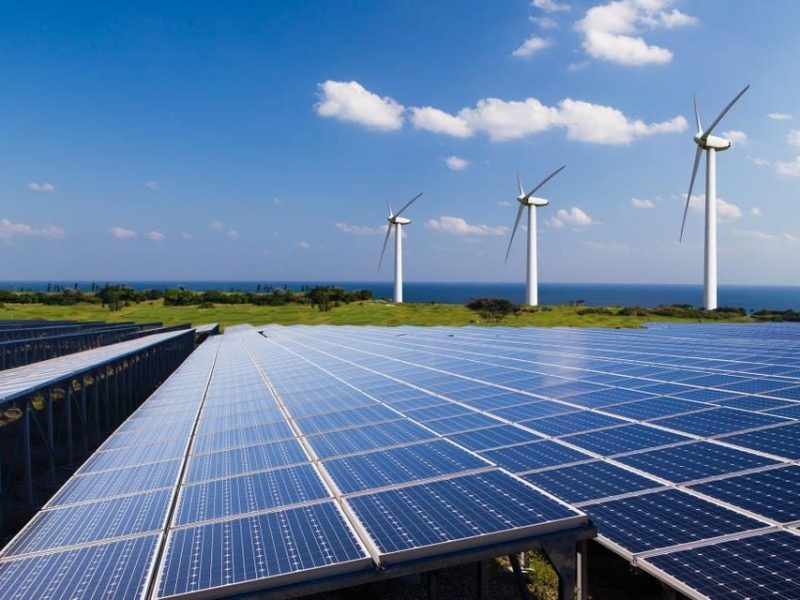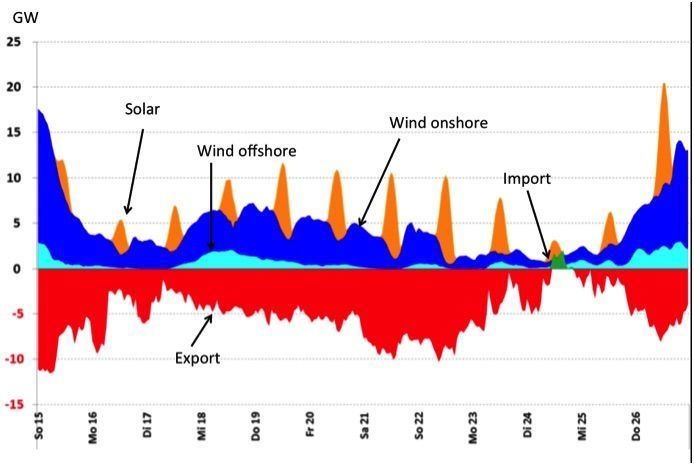As the world continues to seek out cleaner and more sustainable sources of energy, offshore wind power is emerging as a promising solution. With vast wind resources located off the coastlines of many countries, offshore wind energy has the potential to significantly reduce our reliance on fossil fuels and help combat climate change.
The Benefits of Offshore Wind Energy
One of the main advantages of offshore wind energy is its potential for high energy production. Wind speeds are typically higher and more consistent offshore than on land, allowing for more efficient electricity generation. Additionally, offshore wind farms can be built on a larger scale, taking advantage of the vast expanses of open sea.
Another benefit of offshore wind energy is its proximity to major population centers. Many coastal cities and regions have high energy demands, making offshore wind farms an ideal solution for meeting these needs. By placing wind turbines close to where the electricity is needed, transmission losses can be minimized and energy efficiency improved.
Challenges and Opportunities
While offshore wind energy has many benefits, there are also challenges that must be addressed. One of the main obstacles is the high cost of constructing and maintaining offshore wind farms. However, advancements in technology and economies of scale are helping to drive down costs and make offshore wind energy more competitive with other forms of energy generation.
Another challenge is the environmental impact of offshore wind farms. While wind energy is considered a clean source of power, the construction and operation of offshore wind turbines can have negative effects on marine ecosystems and wildlife. Proper planning and mitigation measures are essential to minimize these impacts and ensure sustainable development of offshore wind energy.
The Future of Offshore Wind Energy
Despite the challenges, offshore wind energy is poised to play a significant role in the transition to a more sustainable energy system. Countries around the world are investing in offshore wind projects as part of their efforts to reduce greenhouse gas emissions and meet renewable energy targets.
In Europe, offshore wind energy has already become a major source of electricity generation, with countries like Denmark, the UK, and Germany leading the way. In the United States, offshore wind projects are also gaining momentum, particularly along the East Coast where strong winds and shallow waters offer ideal conditions for wind farm development.
Conclusion
Offshore wind energy represents the next frontier in renewable power, offering a clean and abundant source of electricity that can help reduce our reliance on fossil fuels and combat climate change. While there are challenges to overcome, the benefits of offshore wind energy far outweigh the costs, making it a crucial component of our sustainable energy future.
As technology continues to advance and economies of scale improve, offshore wind energy is poised to become a major player in the global energy market, providing clean and reliable power for generations to come.


